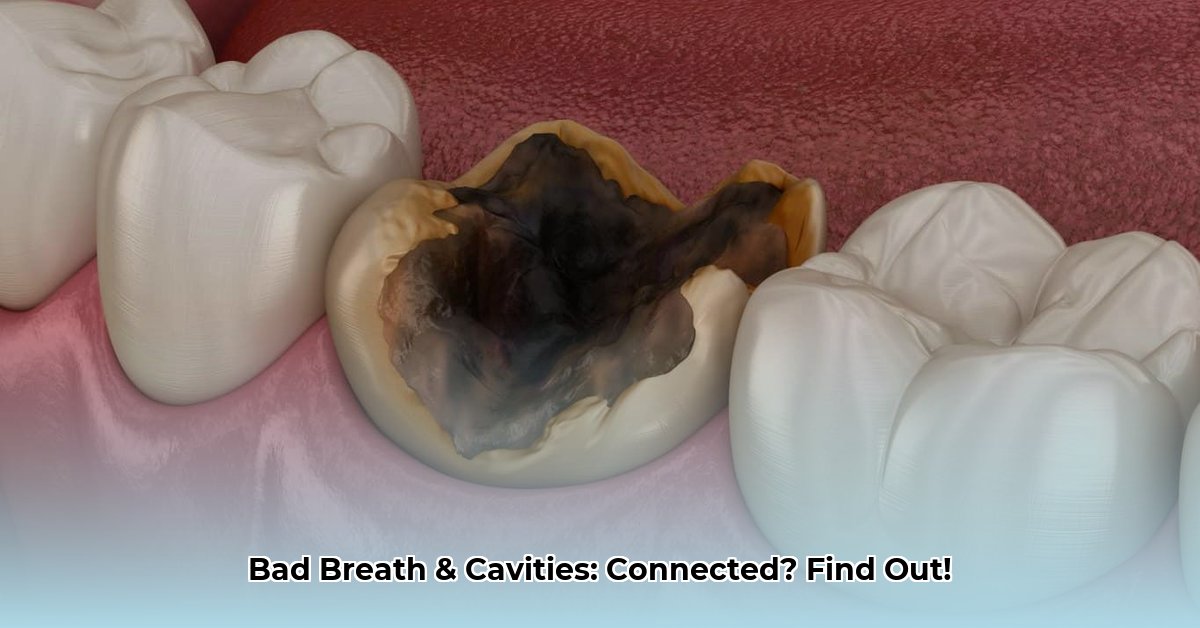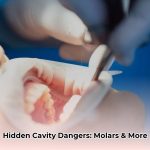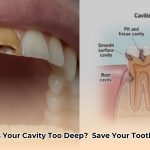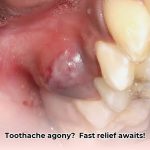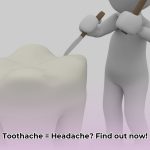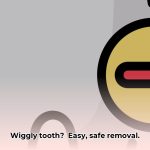The Surprising Link Between Tooth Decay and Bad Breath
Ever notice a less-than-fresh feeling lingering even after brushing? You’re not alone. Many wonder about the connection between tooth decay and bad breath. The truth? It’s a bit more complicated than a simple “yes” or “no.” While a decaying tooth itself doesn’t smell, it creates a perfect environment for odor-causing bacteria. Think of a cavity as a cozy haven for these microscopic stink bombs. This guide explores the science behind this connection and provides actionable steps for fresher breath.
Key Takeaway: Tooth decay doesn’t directly cause bad breath, but cavities provide ideal conditions for bacteria that produce volatile sulfur compounds (VSCs), the real culprits behind the unpleasant odor. Other factors like gum disease and dry mouth can also contribute.
Understanding the Odor: How Decay Contributes to Bad Breath
Let’s delve into the science. Your mouth is a complex ecosystem teeming with bacteria. Some are beneficial, while others, like Streptococcus mutans and Porphyromonas gingivalis, contribute to both tooth decay and bad breath. These bacteria thrive in the acidic environment created by plaque and further exacerbated by cavities. They feast on trapped food particles, producing those notorious VSCs—hydrogen sulfide (rotten egg smell), methyl mercaptan (unpleasant), and dimethyl sulfide (cabbage/garbage smell). The more bacteria, the more VSCs, and the more noticeable the odor.
Beyond Cavities: Other Bad Breath Contributors
While tooth decay plays a significant role, it’s not the only culprit.
- Gum Disease: Inflammation and bleeding gums provide a feast for bacteria, increasing VSC production.
- Dry Mouth: Saliva, your mouth’s natural cleanser, washes away food and bacteria. Reduced saliva flow allows bacteria to thrive.
- Food and Drink: Garlic, onions, coffee, and alcohol can temporarily affect breath.
- Tobacco Products: These dry out the mouth and leave a lingering odor.
- Medical Conditions: In rare cases, bad breath can indicate an underlying medical issue like diabetes or a sinus infection.
Your Action Plan for Fresher Breath: A How-To Guide
Ready to banish bad breath? Here’s your comprehensive guide:
1. Optimize Your Oral Hygiene Routine
- Brushing: Brush gently but thoroughly for two minutes, twice daily, with fluoride toothpaste approved by the American Dental Association (ADA). Angle your brush at 45 degrees toward the gum line to target plaque buildup.
- Flossing: Floss daily to remove food and plaque between teeth, disrupting bacterial hideouts. Learn proper flossing techniques.
- Tongue Scraping: Gently scrape your tongue daily to remove bacteria and debris.
- Mouthwash: Consider an antimicrobial mouthwash to temporarily reduce bacteria and freshen breath. However, it’s not a substitute for brushing and flossing.
2. Maintain Regular Dental Visits
Professional cleanings every six months are essential. Your dentist can remove tartar, identify early signs of decay or gum disease, and provide personalized advice.
3. Adjust Your Diet
Limit sugary foods and drinks, which fuel the bacteria that cause both decay and bad breath. Incorporate crunchy fruits and vegetables that can help clean your teeth naturally.
4. Stay Hydrated
Drink plenty of water throughout the day to wash away food particles and maintain saliva flow, hindering bacterial growth.
5. Address Underlying Medical Issues
If you suspect a medical condition contributes to your bad breath, consult your doctor.
Choosing the Right Tools
- Toothpaste: Look for the ADA Seal of Acceptance, indicating fluoride content and efficacy.
- Floss: Choose a type that’s comfortable for you (waxed, unwaxed).
- Mouthwash: Select an antimicrobial mouthwash, but remember it’s not a replacement for brushing and flossing.
- Tongue Scraper: Choose a scraper made of plastic or metal.
Troubleshooting Persistent Bad Breath
If bad breath lingers despite these efforts, consult your dentist. Persistent bad breath may indicate a more serious issue needing professional attention.
Frequently Asked Questions
Q: Can persistent bad breath be a sign of something serious?
A: While most cases are related to oral hygiene, persistent bad breath can sometimes indicate an underlying medical condition like diabetes, kidney disease or a sinus infection. Consult your doctor if you’re concerned.
Q: Is bad breath after a filling normal?
A: Some temporary discomfort or odor after a filling is possible. If it persists for more than a few days, contact your dentist.
Q: Does mouthwash really work?
A: Mouthwash can temporarily freshen breath and kill some bacteria, but it’s not a substitute for proper brushing and flossing. It’s most effective as a supplementary tool.
By understanding the connection between tooth decay and bad breath and following these practical tips, you can achieve lasting fresh breath and a healthier smile. Remember, ongoing research continues to explore the complex oral environment, so staying informed is key. Don’t hesitate to discuss any concerns with your dentist – they are your trusted partner in oral health.
- Occupational Wellness Examples That Enhance Your Work Life - December 20, 2025
- How Much Is the Average Cost of Wellness Program Per Employee? - December 19, 2025
- Corporate Wellness Programs Cost Factors Impacting Your Company Budget - December 18, 2025
